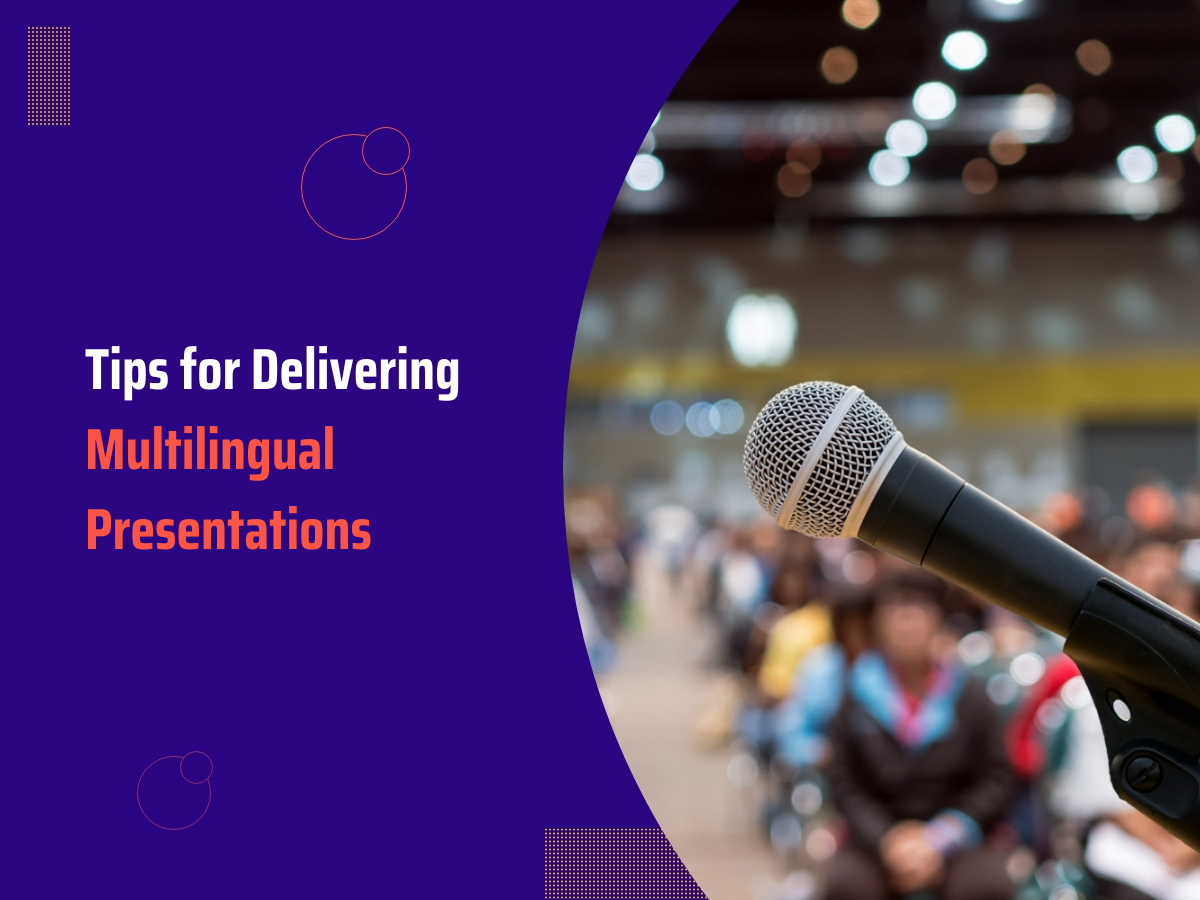In the digital age, the world is your stage, and your audience spans continents, cultures and languages. Imagine yourself as if you’re a TED speaker. You have to entertain and enlighten a global audience. As you look out into the crowd, you see faces representing countless nations, each with its language and culture.
The question is how do you ensure that your message, your passion, transcends these linguistic borders and resonates with every individual, regardless of their native tongue?
These languages are not just mere words; they are the living repositories of the rich tapestry of the human experience. You can imagine the immense potential of tapping into this linguistic diversity to expand your business, educate future generations, or foster international cooperation.
A Multilingual Tapestry of Possibilities
Do you know there are over 7,000 languages spoken worldwide, each encapsulating centuries of history, culture, and human expression?
The world today is so interconnected, that multilingual presentations are a necessity; they can have your way to global success. Whether you’re a marketing maven aiming to conquer new markets, an educator with a passion for reaching students worldwide, or a diplomat forging international relations, the ability to bridge language barriers is crucial and is your passport to success.
Will Smith, primarily recognized as an English-speaking actor, is immensely popular across the world for his multi-language capability. His ability to fluently speak Spanish in movies like “I Am Legend” and his willingness to engage with various languages on social media serve as compelling examples of how language can foster cross-cultural connections and resonate with a diverse global audience.
Tips for Effective Multilingual Presentations
It’s important to know your audience well. First, find out what languages they speak. This helps you know who you’re talking to. Then, make sure your message fits with their culture. People from different places have different ways of thinking and doing things.
When your message respects their culture, it’s easier for them to understand and like what you’re saying. It makes your presentation more effective and friendly to everyone in your diverse audience.
You have to reorient your language to meet global audience needs. But this is easier said than done. However, you can achieve this objective with ease.
- You can start by translating your materials accurately. Whether using professional translators or online tools, ensure clarity in each language. Consistency is vital; maintain uniform terminology and messaging across translations to prevent confusion.
- Additionally, create multilingual visuals and graphics by adding language-specific labels and captions. Visuals transcend language barriers, enhancing understanding.
- Preparing multilingual content is all about ensuring that your message shines through in each language, promoting clarity and inclusivity in your presentation, and making sure your audience can fully engage with your material, regardless of their language.
Effective Communication Across Language
To effectively communicate across multiple languages, it’s crucial to focus on your delivery. Speak clearly and at a moderate pace.
- Avoid rapid speech or complex vocabulary that might be challenging for non-native speakers to follow. Consider pausing at key points to allow your audience to absorb information, ensuring that everyone, regardless of their language proficiency, can grasp the content.
- Words are just one part of effective communication; non-verbal cues play a significant role. Use gestures, facial expressions, and body language to convey meaning and emotions. These non-verbal elements can bridge language gaps, making your message more accessible and relatable to a diverse audience.
- Actively engage your audience by encouraging questions, comments, and feedback. This interaction not only enhances participation but also helps address language-related uncertainties. When audience members feel encouraged to seek clarification or share their perspectives, it creates a more inclusive and dynamic presentation environment. It also demonstrates your commitment to ensuring that everyone can understand and engage with your content.
Final Words: Focus on Inclusive Communication
Embracing an inclusive approach in multilanguage presentations is a viewpoint rooted in practicality and respect. It acknowledges the importance of accommodating diverse audiences, ensuring that language doesn’t create barriers to understanding. By doing so, it demonstrates a commitment to effective communication and inclusivity, fostering positive relationships and goodwill. In today’s globalized landscape, it’s a strategic choice, allowing businesses to expand and tap into new markets while adhering to legal and ethical considerations. In education, it’s a means to provide equal learning opportunities. Ultimately, it’s a perspective that values audience engagement and comprehension, making it a sound and considerate approach.





